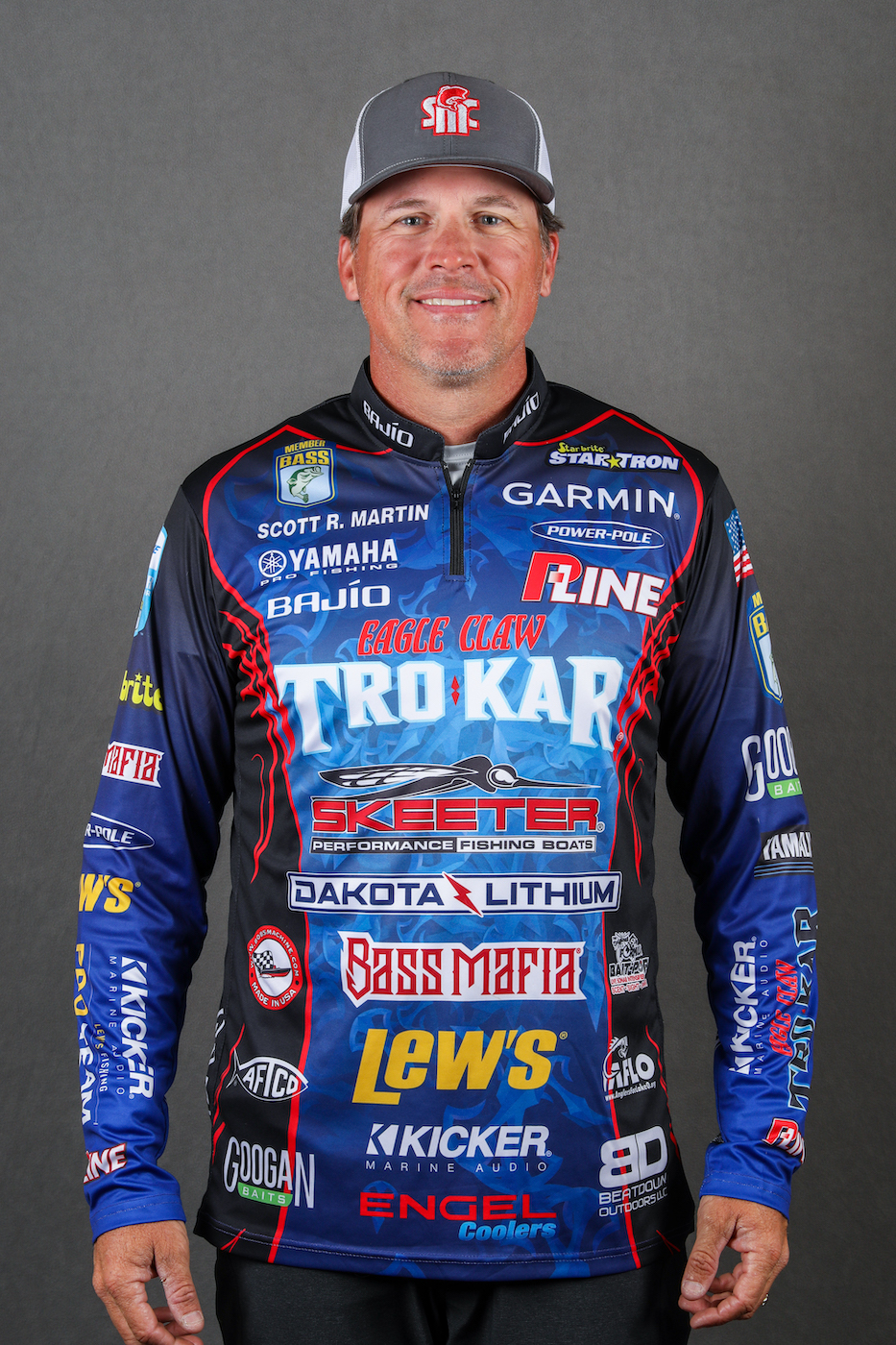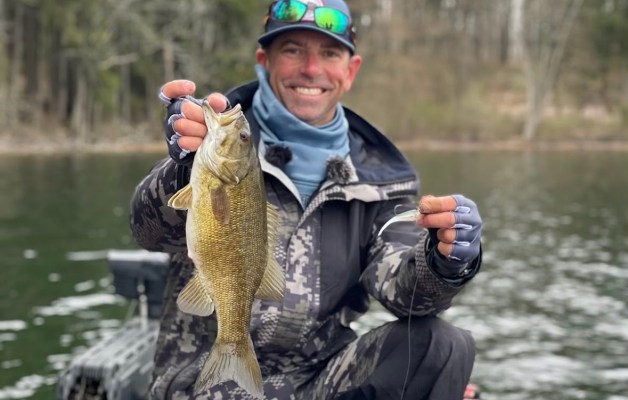
Fall’s not too far away, but in much of the South, we’re still in the dog days of summer. Air and water temperatures are high and fishing can be tough, unless you find something to moderate that heat.
While it’s hot, you want to get out early and take advantage of the lower water temperatures. Overnight, the water temperature falls, so fish are active early, but after the first couple of hours, the water temperature rises, and fish really get tight lipped.
This time of year, the biggest influence is rainfall, especially from tropical weather. I call this the rainy season, even without a hurricane or tropical system, because we just get those regular thunderstorms that bring a lot of rainfall.
If you’ve had a recent rain, look for water flow like creeks with fresh water flowing into the lake or canal systems with a lock or dam where they’re pumping water from one canal to the next to move volume. This moving water is usually cooler, more oxygenated and it carries a lot of the things bass like to eat.
This time of year, you can have some of your bigger bags around these areas where there’s a lot of flowing water, from where they’re moving a lot of water around from a storm or rain.
These opportunities exist on just about every water body, so you really want to research your local lake and find where these spots exists. Look for pump stations, canals draining swamps, creeks, etc., and fish around that moving water.
You can have some of the best fishing of the entire year around those places. You can throw a lot of different baits, and when they’re “on,” you’ll catch so many fish.
I’ve enjoyed fishing these inflows all my life, and I can tell you from personal experience that the bite can be awesome. In Florida, I’ve caught 9- to 10-pounders, and I’ve caught upwards of 50 to 60 fish from one spot.
The biggest consideration is where the fish set up, and that comes down to efficiency. For the most part, those fish are going to be relating to the shoreline around those current breaks, or if there are any current breaks out in the middle.
What you want to do is look for eddies and boils in the water. Typically, if the current’s flowing fast, a couple miles an hour, and you see a consistent boil, remember that high spot is not where the boil is — it’s 10-20 feet upcurrent from that boil because it takes a little time for the water to pass over that high spot and then come up and boil at the surface.
So you’ll want to target your cast well above the actual boil on the water where the water is hitting a rock or some type of underwater structure and pushing that water up. If it’s a lock or dam, fish right along the wing walls where there’s current seam.
The fish are not really finicky in these scenarios, but I like to cover the water column with a topwater, a swimbait and a Carolina rig. Throw upstream and make sure you keep up with your bait so you don’t get too much bow in your line.
With subsurface baits, work on your timing and try to establish a countdown to keep your bait off the bottom when the area has a lot of snags. Once you figure out your cast, you can sit there and catch fish one after another.





